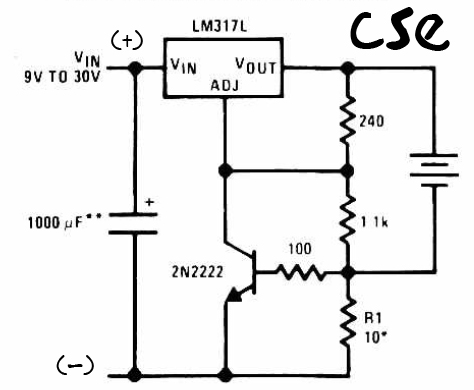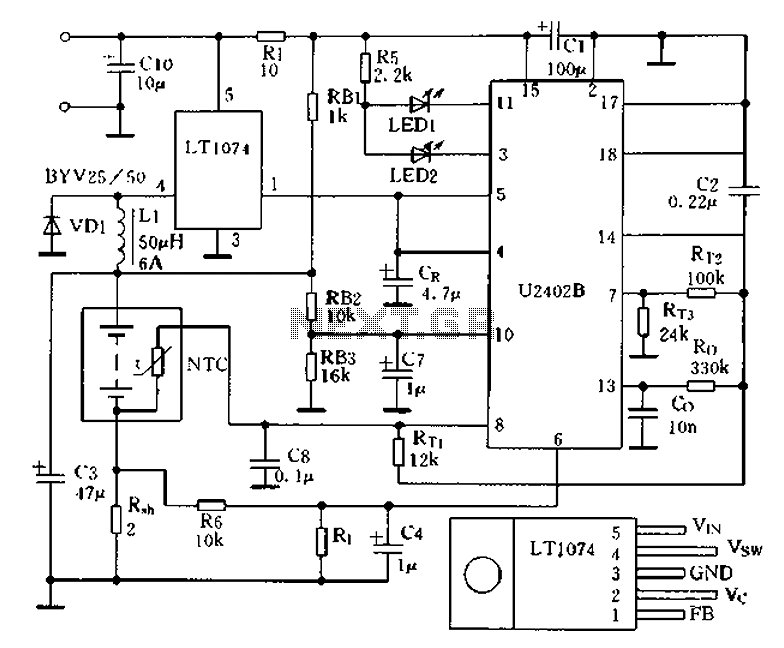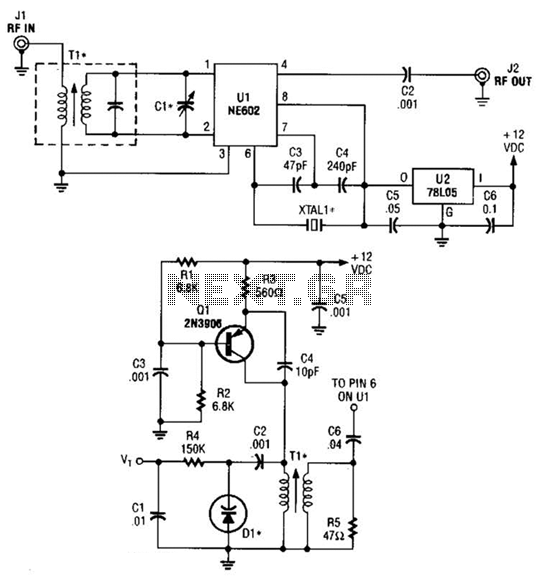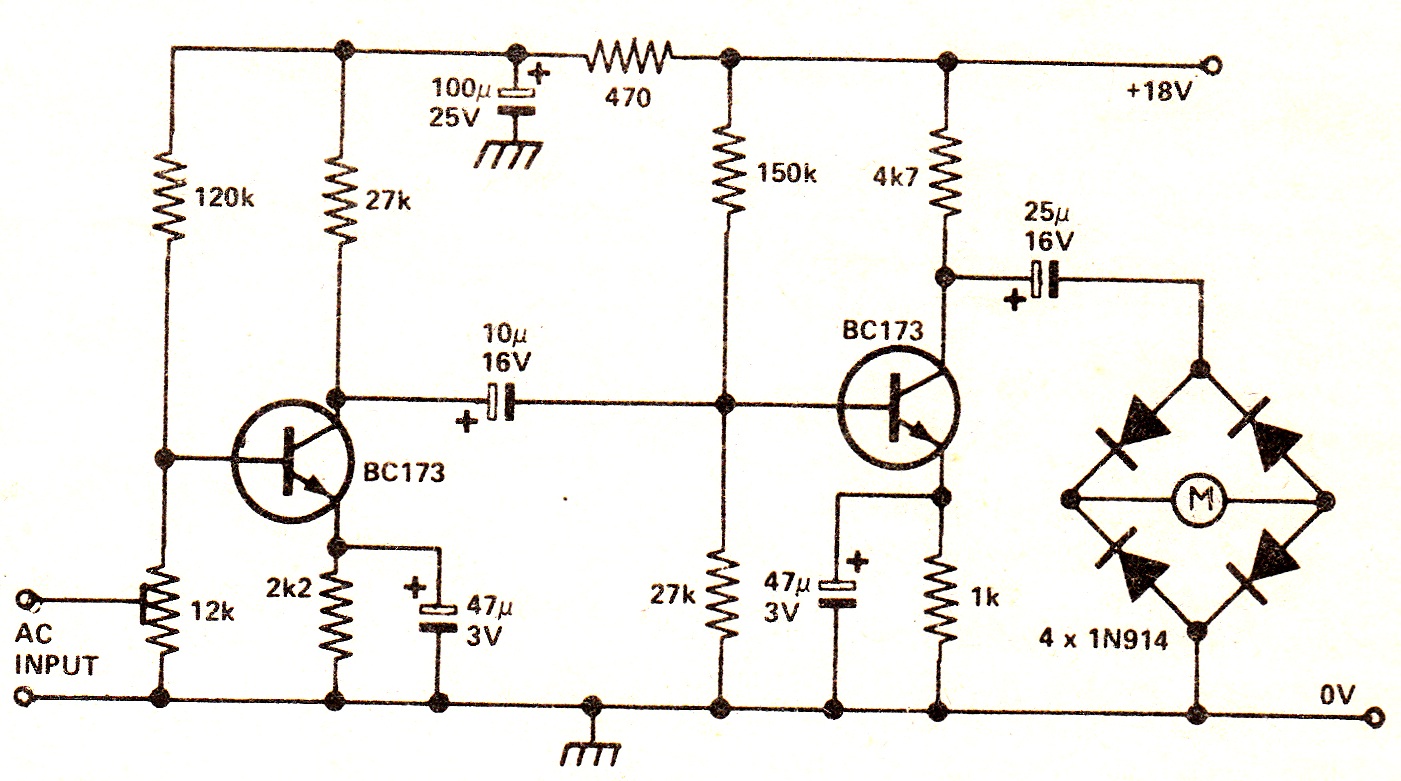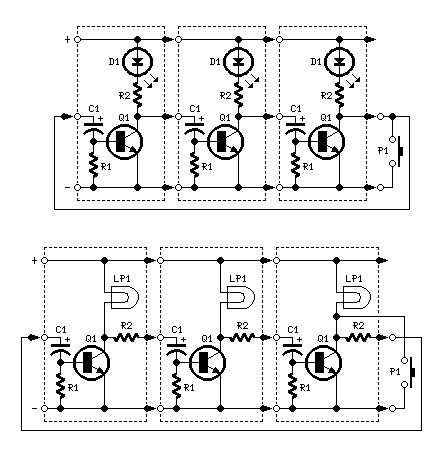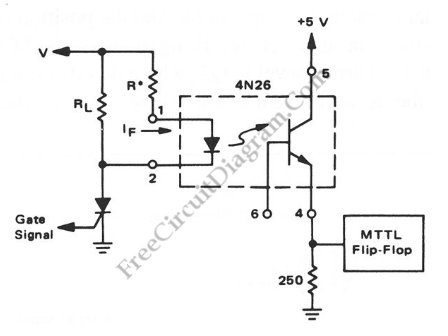
Circuit Project: 12KV High Voltage Generator

The hobby circuit described utilizes a unique approach to generate approximately 12,000 volts with a current of about 5 µA. It employs two silicon-controlled rectifiers (SCRs) that form dual pulse generator circuits. These SCRs discharge a 0.047 µF capacitor rated at 400 volts through a xenon lamp trigger coil at a frequency of 120 times per second. The high-voltage pulses generated at the secondary of the trigger coil are rectified using two 6 kV damper diodes. A voltage doubler circuit at the trigger coil's secondary charges two high-voltage disc capacitors to around 12 kV. Although the circuit produces minimal current, caution is advised due to the high voltage; a 12 kV spark can jump approximately 0.75 inches, necessitating careful wiring with ample spacing between components.
The circuit operates on the principle of pulse discharge through SCRs, which are semiconductor devices that can control current flow. When triggered, the SCRs allow the discharge of the capacitor through the xenon lamp trigger coil, creating high-voltage pulses. The frequency of 120 Hz indicates that the SCRs are triggered at regular intervals, allowing for consistent pulse generation.
The output from the trigger coil is stepped up in voltage, and the two 6 kV damper diodes rectify the alternating high-voltage pulses into a direct current. The voltage doubler circuit effectively doubles the voltage output, charging the two high-voltage disc capacitors to approximately 12 kV. This configuration is critical for applications requiring high voltage, such as igniting gas discharge lamps or in certain experimental setups.
Safety measures are paramount when working with high-voltage circuits. The design must ensure sufficient spacing between components to prevent arcing and accidental discharge. Proper insulation and the use of components rated for high voltage are also essential to prevent failures and ensure reliable operation. Overall, this circuit exemplifies a creative approach to generating high voltages in a compact and efficient manner, though it requires careful handling and consideration of safety protocols.The hobby circuit below uses an unusual method to generate about 12, 000 volts with about 5uA of current. Two SCRs form two pulse generator circuits. The two SCRs discharge a 0. 047uF a 400v capacitor through a xenon lamp trigger coil at 120 times a second. The high voltage pulses produced at the secondary of the trigger coil are rectified using two 6KV damper diodes. The voltage doubler circuit at the secondary of the trigger coil charges up two high voltage disc capacitors up to about 12KV. Although this circuit can`t produce a lot of current be very careful with it. A 12KV spark can jump about 0. 75 of an inch so the electronic circuit needs to be carefully wired with lots of space between components.
🔗 External reference
The circuit operates on the principle of pulse discharge through SCRs, which are semiconductor devices that can control current flow. When triggered, the SCRs allow the discharge of the capacitor through the xenon lamp trigger coil, creating high-voltage pulses. The frequency of 120 Hz indicates that the SCRs are triggered at regular intervals, allowing for consistent pulse generation.
The output from the trigger coil is stepped up in voltage, and the two 6 kV damper diodes rectify the alternating high-voltage pulses into a direct current. The voltage doubler circuit effectively doubles the voltage output, charging the two high-voltage disc capacitors to approximately 12 kV. This configuration is critical for applications requiring high voltage, such as igniting gas discharge lamps or in certain experimental setups.
Safety measures are paramount when working with high-voltage circuits. The design must ensure sufficient spacing between components to prevent arcing and accidental discharge. Proper insulation and the use of components rated for high voltage are also essential to prevent failures and ensure reliable operation. Overall, this circuit exemplifies a creative approach to generating high voltages in a compact and efficient manner, though it requires careful handling and consideration of safety protocols.The hobby circuit below uses an unusual method to generate about 12, 000 volts with about 5uA of current. Two SCRs form two pulse generator circuits. The two SCRs discharge a 0. 047uF a 400v capacitor through a xenon lamp trigger coil at 120 times a second. The high voltage pulses produced at the secondary of the trigger coil are rectified using two 6KV damper diodes. The voltage doubler circuit at the secondary of the trigger coil charges up two high voltage disc capacitors up to about 12KV. Although this circuit can`t produce a lot of current be very careful with it. A 12KV spark can jump about 0. 75 of an inch so the electronic circuit needs to be carefully wired with lots of space between components.
🔗 External reference
